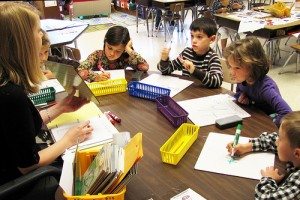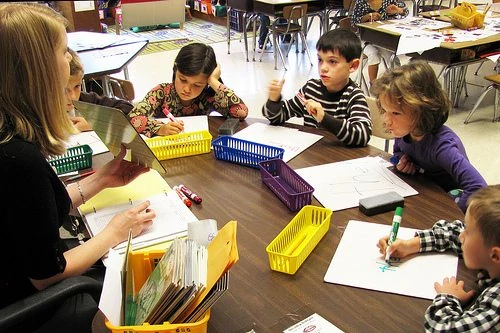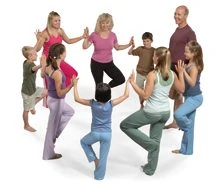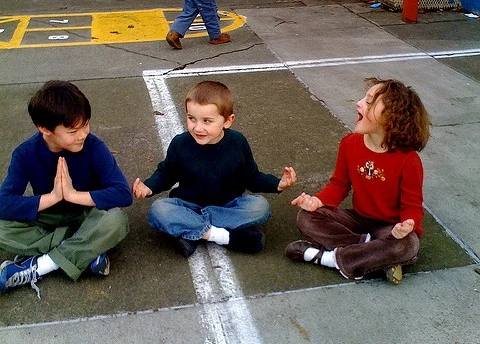
Those teachers made us feel as though we mattered. Care is the core of these memories.
Whatever your favorite teacher did was an expression of care – spending extra time to help you really understand a subject, encouraging you to pursue this goal or that, really listening to what you had to say, challenging you to excel, simply creating a positive environment, believing in you.
Care – and the sense of safety it creates – is essential to education worthy of the name, as David Brooks recently and poignantly reminded in a recent column for the New York Times.
Education is one of those spheres where the heart is inseparable from the head. If students are going to succeed, they probably need to come from a home where they feel safe and secure, so they aren’t paralyzed by anxiety and fear. They probably need to have experienced strong attachments so they know how to bond with teachers and parents. They probably need to have been bathed in love so they have some sense of identity, some confidence about their own worth and some sense of agency about their own future.
Even within the classroom, the key fact is the love between a teacher and a student: the teacher’s willingness to pour time, attention and care into the student; the student’s desire to be worthy of that care and win affection and approval.
Yet one of the hard truths of today is that all too many students come from homes where they don’t feel safe and secure, where they have never experienced strong attachments. They come with trauma, mental health issues, behavior disorders, and a slew of unmet needs.

But it’s also the opposite of what any child needs to be able to realize the whole of their gifts, manifest all their potential, achieve all they’re capable of.
These two phenomena – the importance of loving care to education and students coming to us with deficits in emotional intelligence – are precisely what make the inclusion of social-emotional learning (SEL) so desperately needed in education today.
It’s interesting: Few would balk at providing a student with the academic resources they need for success or accommodations in the case of learning disabilities. Why should we balk at providing children with the social-emotional resources they need just as much to succeed?

In fact, classroom yoga itself supports this goal. According to a literature review published earlier this year in the Journal of Children’s Services, yoga
may be an effective way to help students develop self-regulation, mind-body awareness and physical fitness, which may, in turn, foster additional SEL competencies and positive student outcomes such as improved behaviours, mental state, health and performance.
With Yoga Calm in particular, and our emphasis on community, the intention is to create a culture of loving care and respect in the classroom – emanating from the teacher and nurtured in all of the students.
Sometimes it can be the first form of consistent, positive, supportive community that some children get to experience.





